By Film Noir Blonde and Mike Wilmington
The Film Noir File is FNB’s guide to classic film noir, neo-noir and pre-noir noir from the schedule of Turner Classic Movies (TCM), which broadcasts them uncut and uninterrupted. The times are Eastern Standard and (Pacific Standard).
“Murder, My Sweet” (1944, Edward Dmytryk). 12:15 p.m. (9:15 a.m.); Monday, March 24. You can read the full review here.
Friday, March 21
12:15 a.m. (9:15 p.m.): “The Loved One” (1965, Tony Richardson). With Robert Morse, Rod Steiger, Jonathan Winters and John Gielgud. Reviewed in FNB on Dec. 16, 2013.
2:30 a.m. (11:30 p.m.): “Cool Hand Luke” (1967, Stuart Rosenberg). One of Paul Newman’s best-liked roles and movies came when he played the lovable convict-rebel Luke, in this tough, brash, jocular comedy-drama of life on a Southern chain gang – and how to make it more livable by staging egg-eating contests, standing up to the Man and breaking loose.
George Kennedy won an Oscar as Luke’s jail mate tormentor-turned-sidekick Dragline, and Strother Martin won immortality in the Memorable Lines Dept. as the weaselly prison boss who lectures the convicts about “failure t’ communicate.”
Newman himself makes one of the toniest, best-looking chain gang convicts ever. His Luke could probably walk into a cotillion ball in his prison duds and walk out with any woman in the place. Based on a novel by chain gang vet Donn Pearce, the movie has a terrific supporting cast, including Dennis Hopper, Joe Don Baker, Harry Dean Stanton, and, as Luke’s dying old mother, Jo Van Fleet.
Sunday, March 23
6 a.m. (3 a.m.): “Lady in the Lake” (1947, Robert Montgomery). With Montgomery, Audrey Totter Lloyd Nolan and Leon Ames. Reviewed in FNB on Dec. 3, 2012.
10 p.m. (7 p.m.): “Notorious” (1946, Alfred Hitchcock). With Ingrid Bergman, Cary Grant, Claude Rains and Louis Calhern. Reviewed in FNB on Feb. 12, 2013 and on Feb. 20, 2012.
2 a.m. (11 p.m.): “Fists in the Pocket” (1965, Marco Bellocchio). Italian writer-director Marco Bellocchio burst on the international film scene in 1965 with this savage, dark-hued look at a psychopathic young epileptic (Lou Castel) who embarks on a murderous campaign against his own family. The subject matter of this classic noir seethes with evil and frenzy, but Bellocchio’s treatment is cool and brilliantly controlled. Castel makes a memorable mad killer. (In Italian, with English subtitles.)
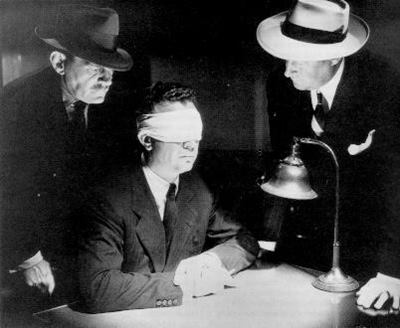
Dick Powell (center) was a song-and-dance man before he starred in “Murder, My Sweet,” a seminal film noir.
Monday, March 24
12:15 p.m. (9:15 a.m.): “Murder. My Sweet” (1944, Edward Dmytryk). See Pick of the Week.
2 p.m. (11 a.m.): “To Have and Have Not” (1944, Howard Hawks). With Humphrey Bogart, Lauren Bacall, Walter Brennan and Marcel Dalio. Reviewed in FNB on July 21, 2012.
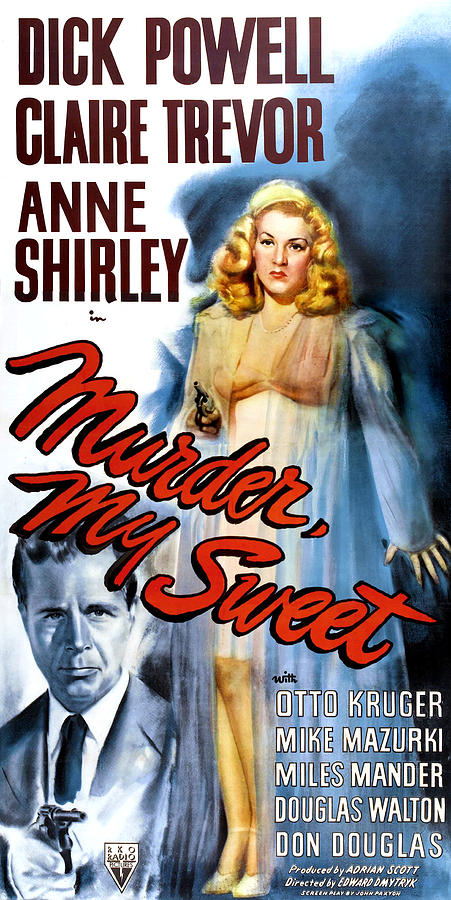





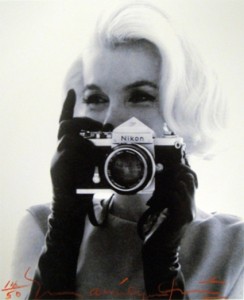
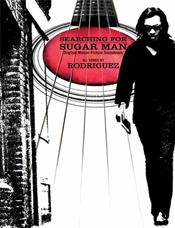
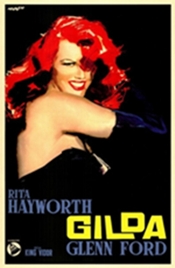
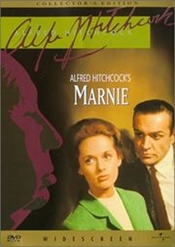
![bogie and bacall[1]](http://www.filmnoirblonde.com/wp-content/uploads/2012/08/bogie-and-bacall1.jpg)
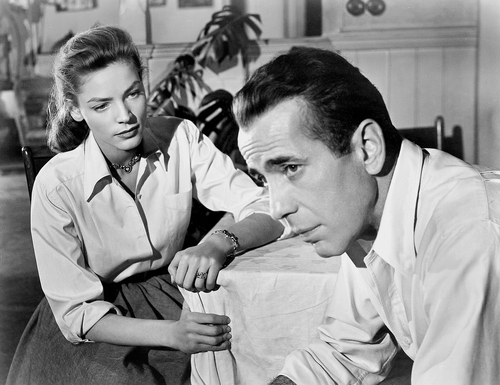
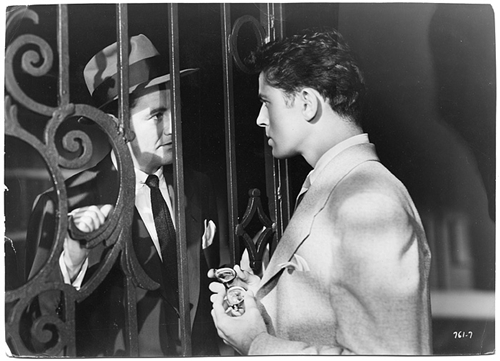
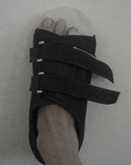
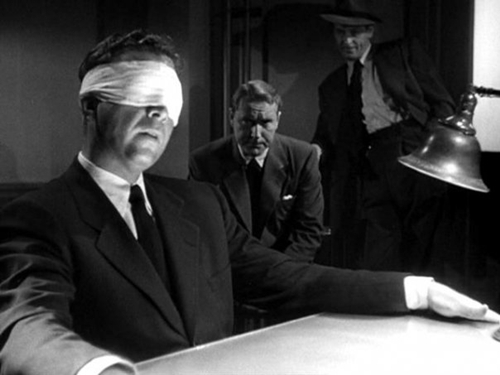
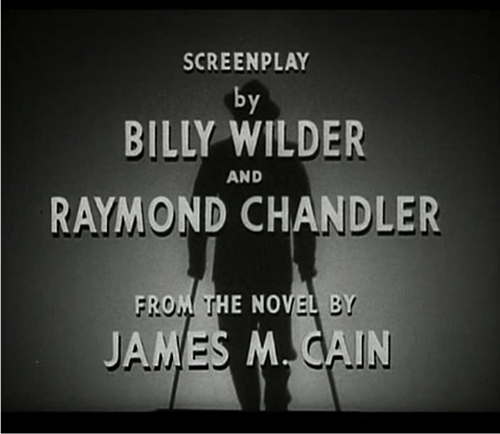
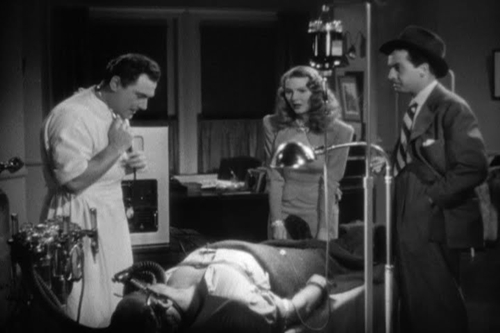
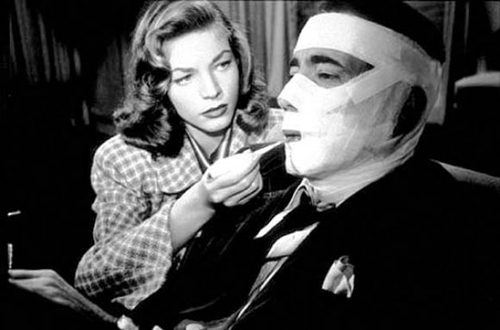
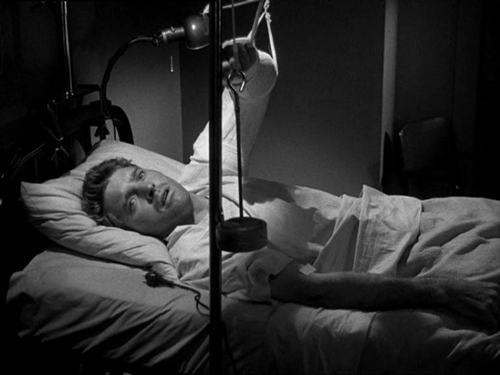
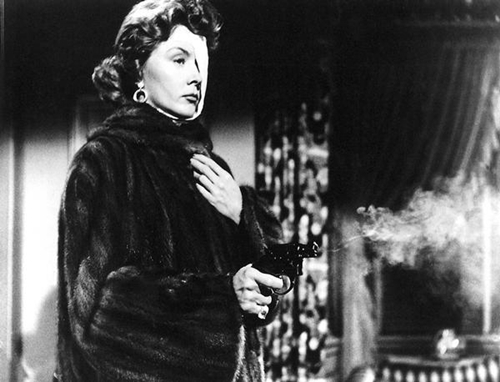
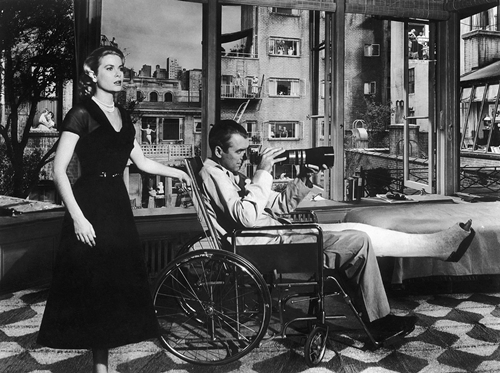
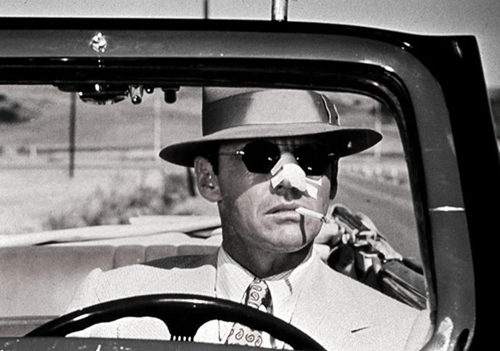

![251[1]](http://www.filmnoirblonde.com/wp-content/uploads/2012/08/2511.jpg)
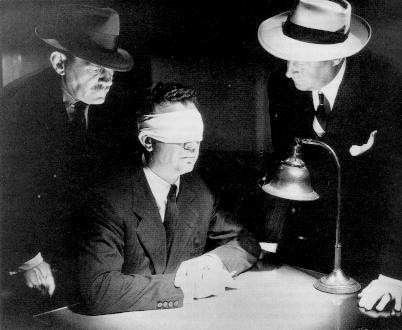
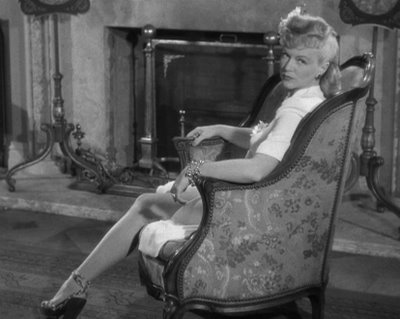
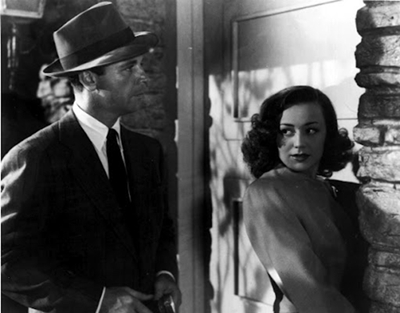
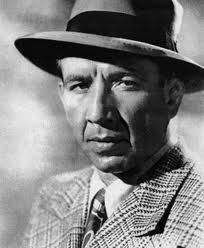
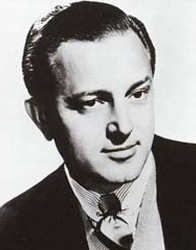
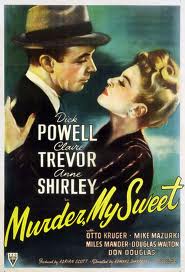
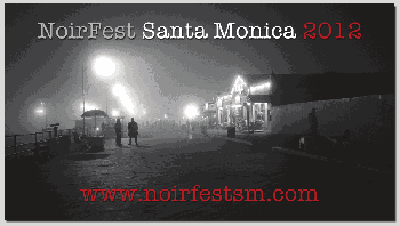
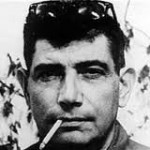
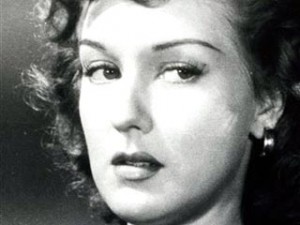
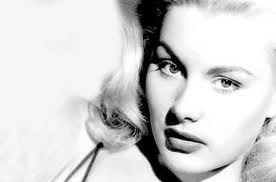





From FNB readers